Now more than ever companies are relying on tools for remote work. If your business hasn’t considered it yet, here are a few statistics worth mentioning:
- Remote work stabilizes in 2025: 4 in 10 jobs allow some amount of remote work in Q1 2025, with hybrid job postings growing from 9% in Q1 2023 to nearly 24% at the start of 2025
- Employee retention threat is real: 64% of remote-only employees claim they are very likely to pursue other job options should they be denied the option of remote work flexibility, with 48% of job seekers preferring hybrid roles and 26% wanting fully remote positions
- Mobile learning drives remote training: 80% completion rates vs. 20% for traditional courses, requiring 40-60% less time than workplace training
But with all of these employees going remote, how do you manage them? There are several tools for remote work that will make your job easier as a company. Here are our top to consider.
1. Continu
Continu is a learning experience platform that offers a versatile cloud-based interface to several companies both large and small. It is one of the only LMS companies offering a blended learning tool for both online and classroom training. Their platform is easy to use, doesn’t overcomplicate the implementation process, and keeps up with changing technology. Besides using Continu as an LMS, it can also be used as a knowledge-based platform or Intranet system which helps cut company costs and save time. Learning Tracks is how administrators create courses, facilitate onboarding flows, quizzes, and more.
Continu is also an authoring tool which means companies can create training materials directly onto this platform without the aid of third parties and it can be easily synced using several integrations. Some of the key features include an intuitive easy-to-use interface, automated training to deliver correct materials on time based on the needs of the individual user and is mobile-friendly...ideal as one of the tools for remote work. Plus, courses can be tracked and assigned based on each team’s needs. To further help team leaders manage remote teams, Continu comes with dashboards, detailed reporting and analytics to track learning and engagement by each team member. And if your company has several offices whether national or international, content can be tagged based by geographic reach.
Finally, since growth is the goal of any remote company, learning reports can be easily downloaded, exported or shared. So when ready, Continu can be easily scaled based on need.


Tired of your outdated learning platform?
See why a modern LMS is the right choice for your enterprise organization.
Download Free Copy2. Slack
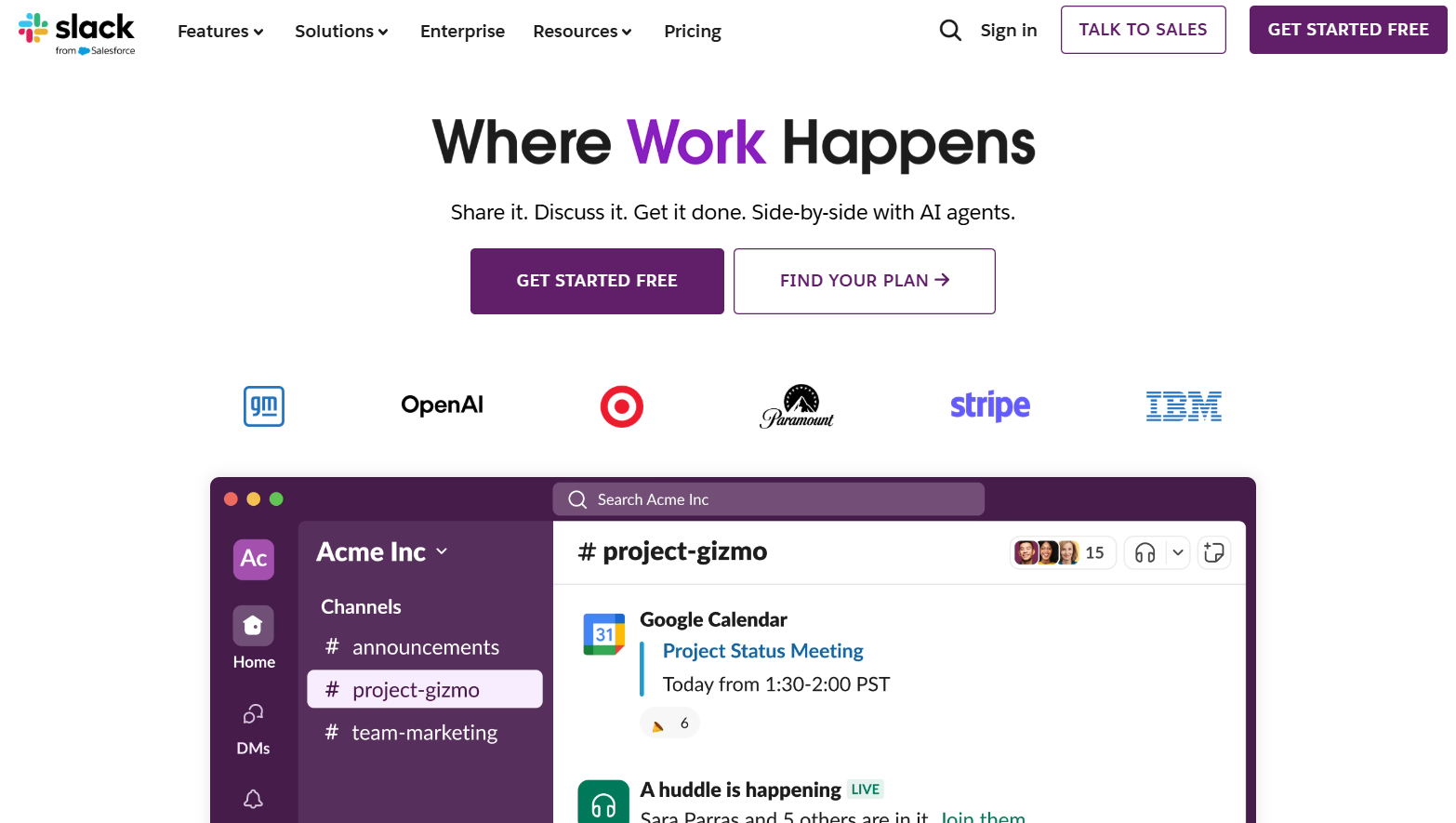
Slack is a cloud-based project management system. As one of the tools for remote work, it offers team interaction and offers a way for workplace communication. No matter what your business is, companies large and small use it including media, research, technology, education, financial services, retail, transport and hospitality. Some of the key features include sending messages to various team members either individually or among a team within a company, incorporating feeds from social media and the ability to share files. Team can easily send things like PDFs, photos and documents all by easily dragging and dropping these files. Plus, Slack can be customized by project and interface. It’s available for use on iOS and Android.
3. Zoom
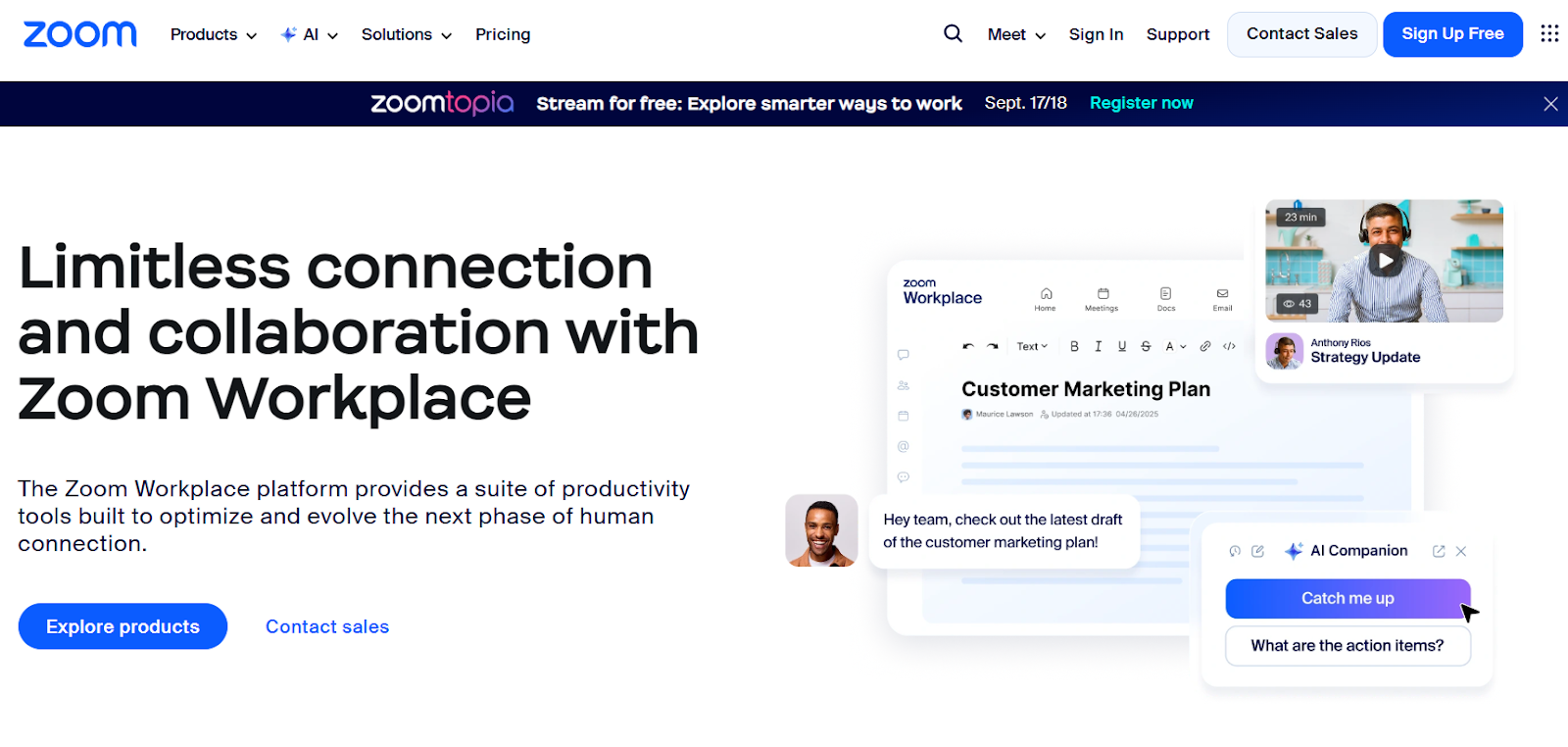
Zoom was created for hosting webinars, online courses, conducting online training, video demonstrations, virtual meetings and video conferencing. It’s one of the tools for remote work whether you employ a large company or a smaller one. It runs on cloud-based technology and it works across all industries. Plus, Zoom can accommodate up to 100 participants and 10,000 view-only attendees. While there are other video conferencing available for remote teams, most options are glitchy. Zoom runs seamlessly whether on desktop, mobile or participants are on a combination of both. Some of the key features include dual-screen support where users can either see a presentation screen or a panelists screen. There is built-in HD voice and video, screen sharing and a whiteboard feature ideal for sharing presentations. Zoom, as one of the tools for remote work also offers an ability to create groups and send these team members messages and also files. Meetings can also be recorded so that if team members miss a meeting, they can easily download the MP4 or M4A file and watch when convenient for their schedule.
4. Trello
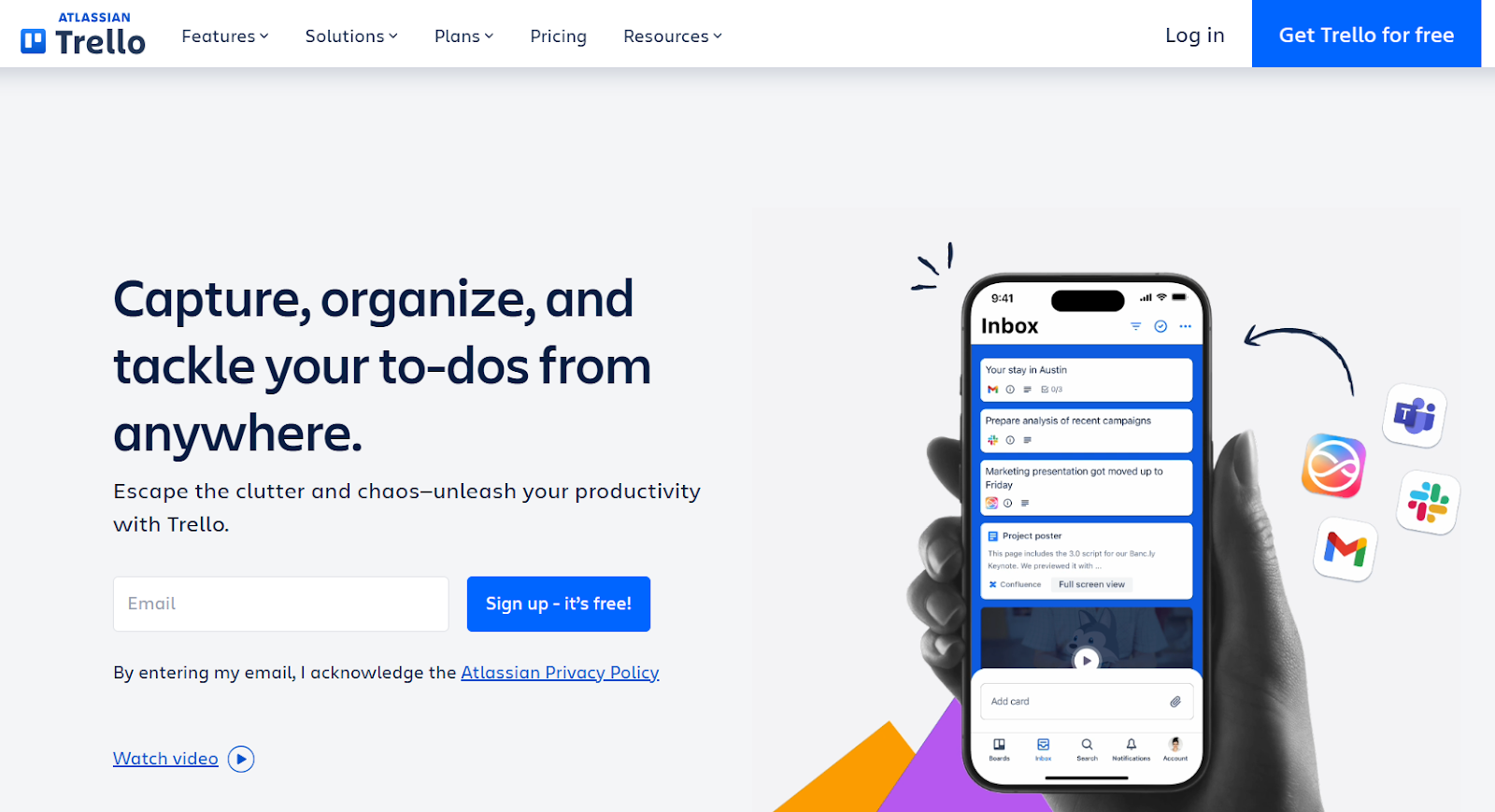
if you are searching for ways to manage remote teams, this project management tool is a great one to consider. Trello is simple enough for even non-tech employees to understand how to navigate. So the learning curve is easy to get up and running quickly. The interface is clean and visually helpful with cards indicating projects to be done. As far as features, team members can be assigned tasks, groups created and comments attached to each project. Plus the interface can be easily customized and projects moved between different categories indicating where in the process the project stands. Files, links and other communication can be attached to each project card saving time and resources. Trello also integrates with several other programs your company may be already using like a learning management system.
5. Hubstaff
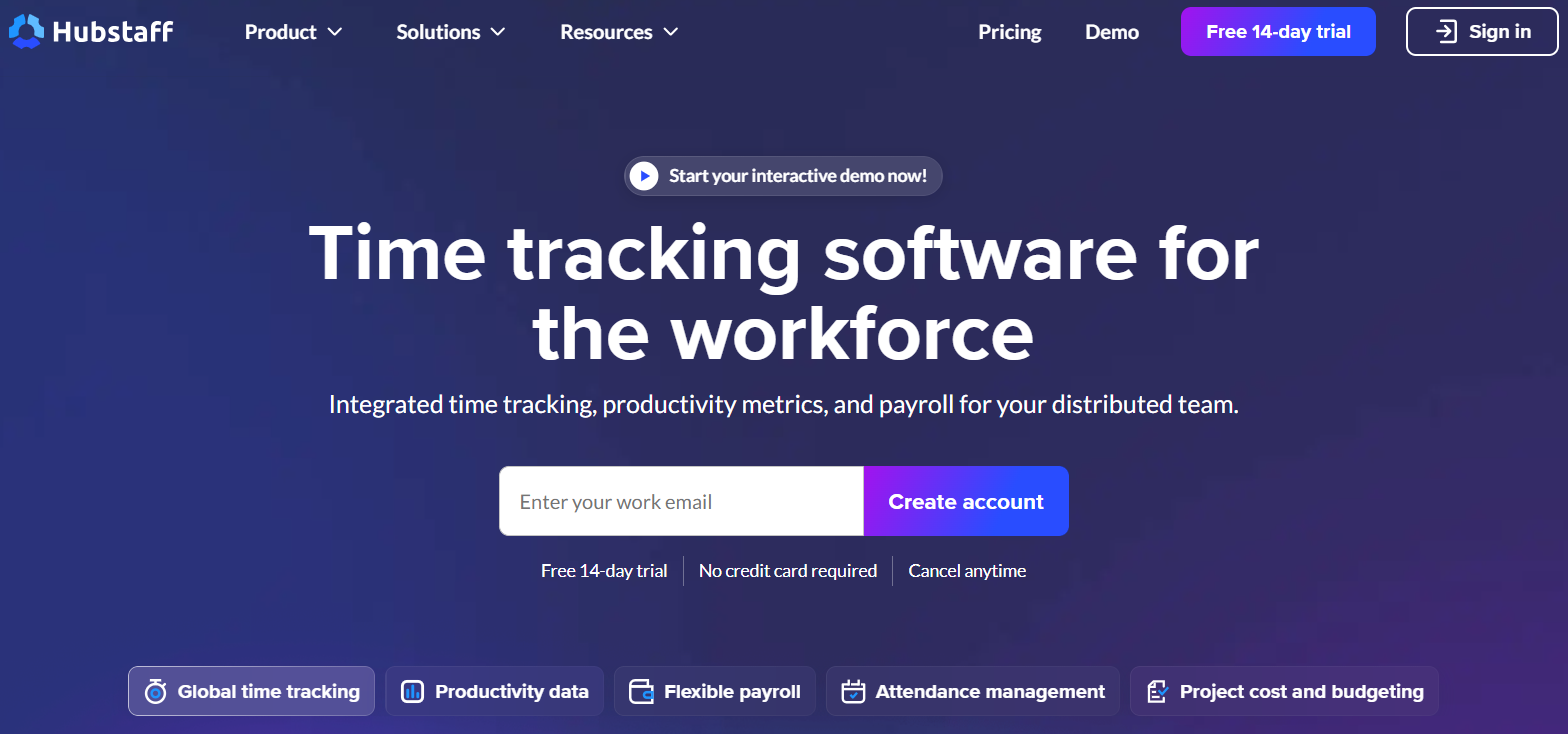
Tools for remote work are great, but what’s often overlooked is time management. Working out of the office it can be harder to draw the line between work and personal time, and it can be a challenge for some. So that’s why adding a time tracking system like Hubstaff can be a great tip for remote work. Hubstaff runs on either mobile as an app or desktop making it easy to track time. After time is tracked, it can be invoiced, paid to employees or just studied by a manager to increase efficiency. Some of the key features include letting managers see worker activity levels, app and URL tracking and scheduling if you employ hourly employees. Some of the more advanced capabilities are automatic payroll, online timesheets, GPS and location, weekly limits, API and invoicing. Hubstaff also lets employers track internet usage and monitor employee time spent on various websites. This can help with training. For example, if an employee is spending a lot of time on a particular program maybe it means more training time needs to be allocated to learning this program.
6. Notion
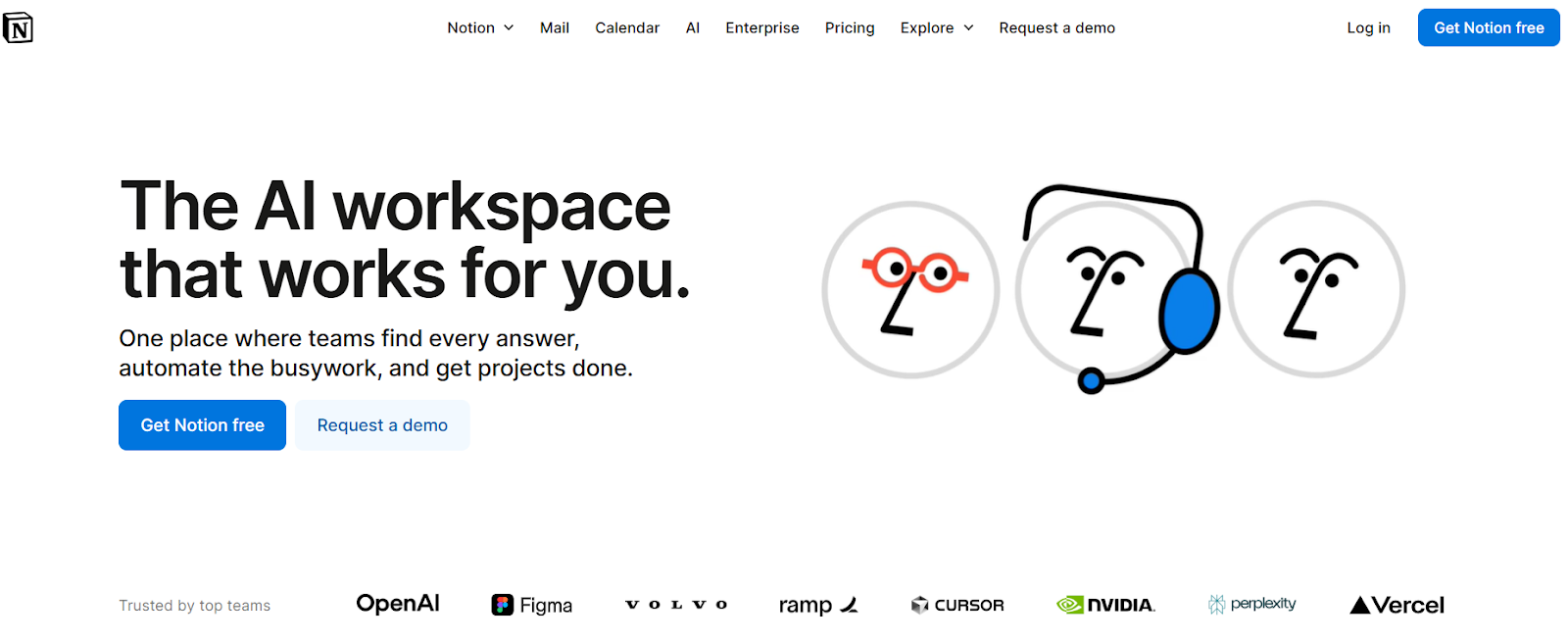
In the office you can take notes during a meeting, however, when working remotely sometimes important information can get lost in translation. That’s why one of the tools for remote work to cut through the clutter is Notion. In a nutshell, Notion is a note-taking and project productivity app. It allows users to create in three areas which include wikis, documents and tasks. Notion can be used across all devices and it can be customized based on individual needs. Plus it comes with a user-friendly interface that gives people a quick learning curve on using it. Some of the key features include the ability to use it on Android, Mac, iOS and the web. Users can create tables, pages, lists, calendars and boards all within the app. The app comes equipped with preformatted templates. The goal of these templates is to give users ideas on how to use Notion. For example, there are templates that show you how to add media, create a personalized dashboard or even write simple code. These templates fall into four major categories which include notes and docs, knowledge base, tasks and projects and spreadsheets and databases. Once users create their own templates, these can be shared with other team members.
7. Doodle

Doodle offers a scheduling app along with a website that makes it easy to find a time people can meet for a conference call. Meeting via a conference call to discuss larger issues is one of the tools for remote work that cuts down on countless emails. It’s fairly easy to use and it saves time while working remotely. Some of the key features include creating polls, inviting team members to participate, editing and seeing results. Plus you can connect with a personal calendar to see who has meeting conflicts during a certain day and time. This app is available either for Apple or Android.
8. Basecamp
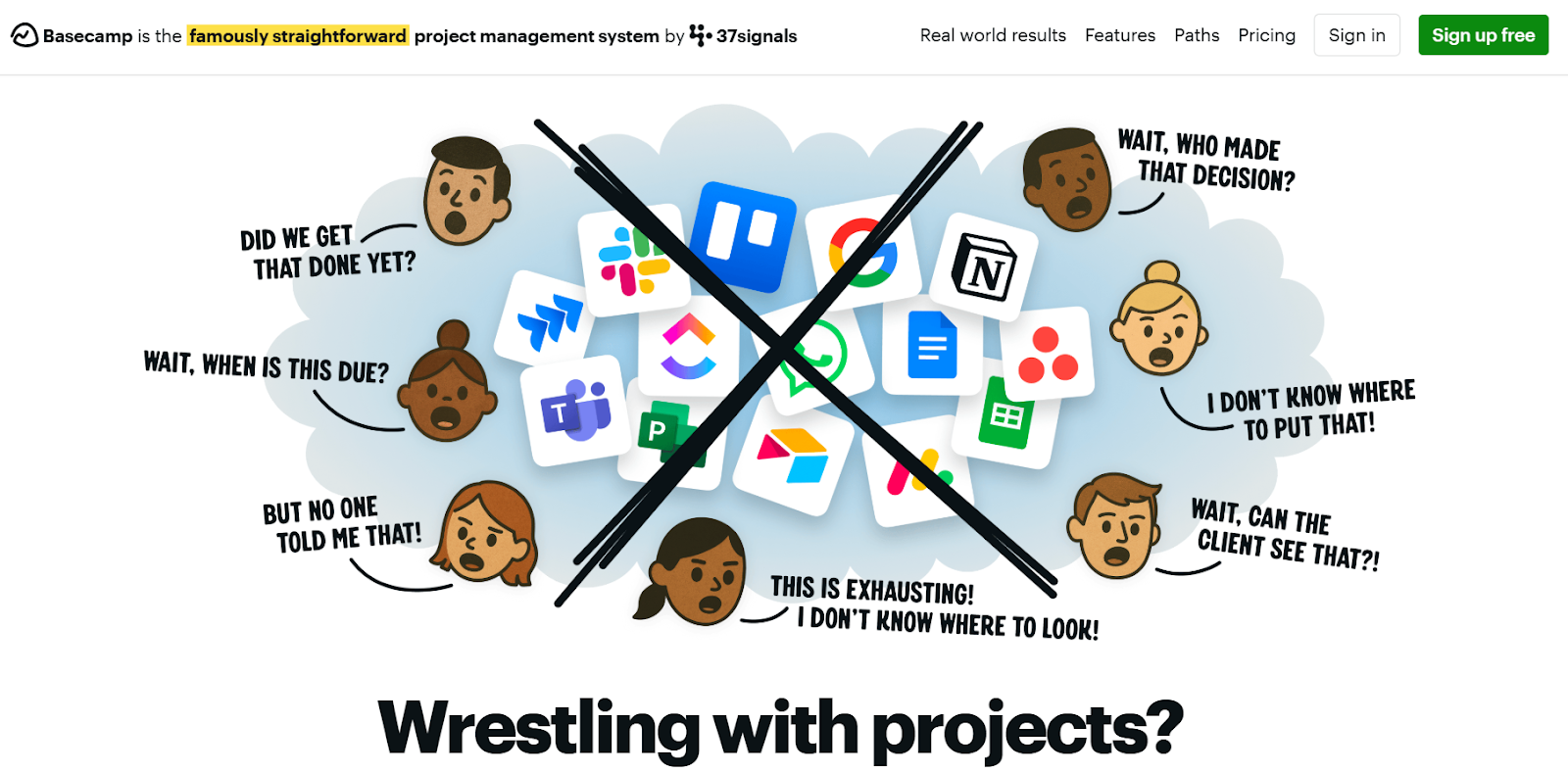
As far as tools for remote work, Basecamp is a great one to consider. It’s a set of tools that employees and teams can use to manage projects and to collaborate with one another. Basecamp uses a cloud-based application that lets people create a more collaborative environment fewer meetings or conference calls. The latest version called Basecamp combines several tools teams all in a single platform.
Key features include the ability to discuss ideas, plan marketing campaigns, share photos and more. Remote workers can use Basecamp to make to-do lists as well to keep projects running seamlessly. And add alerts when tasks are overdue so that deadlines are not missed.
9. Google Workspace
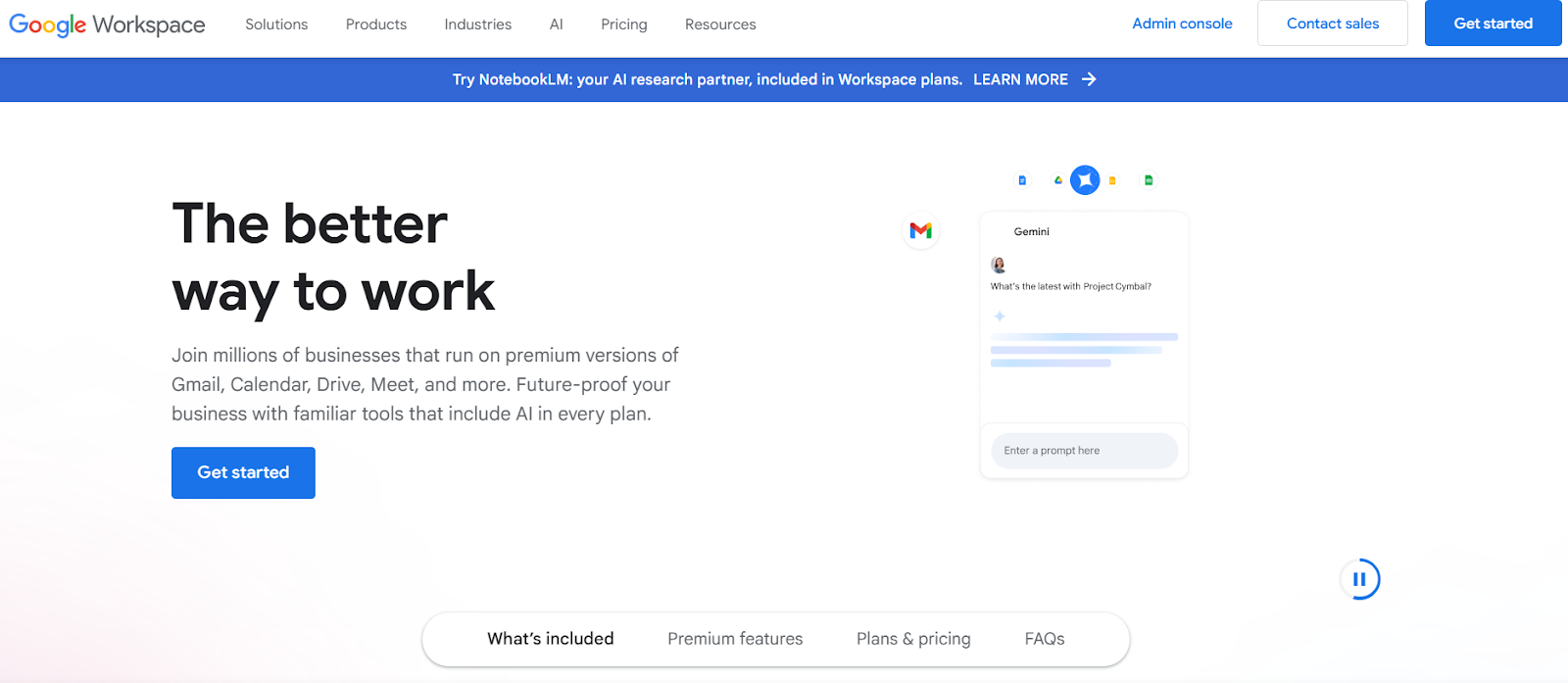
Whether you are thinking of going remote or are a startup looking to keep costs low, tools for remote work need to offer flexibility. They also need to allow your team to work no matter what their technical level of expertise is. Google Workspace offers a robust and easy solution. Whether you need to write documents, share files, sent instant messages or perform conference calls, G Suite offers a solution. Plus, perform all these functions in one easy to use interface that all team members can access whether on a desktop or mobile device.
Some of the key features include setting up Gmail accounts for all your employees, using Google Hangouts to perform conference calls or using the Google Drive to save and collaborate on documents. Plus Google offers businesses 24/7 support for any technical issues. Managers can also set up groups, add security options like 2-step verification and single sign-on from an admin console. And since several remote works are on mobile at any given time, Google offers device management which gives managers the ability to easily locate devices, require passwords and even erase data if needed. Finally, if you use another system to store information, it’s super easy to migrate your current files over to Google because Google offers a set of migration tools to make your job easier.
10. Gong

Gong.io is a cloud-based platform that is one of the tools for remote work for recording and analyzing conversations with customers across different channels. In a nutshell, it’s a great tool for managing sales teams when everyone is on the road closing deals. It connects remote teams easily. Does your company already use other sales platforms? If so, Gong can easily be integrated with these including Vocal IP, Zendesk, Amazon Connect, Meet, HubSpot, Skype and Salesforce. Some of the key features include team collaboration, personalized coaching, data-driven recommendations and a deal sales pipeline review process.
Plus, it lets on-field employees receive sales calls, track progress on their deals and provide feedback when team members are working remotely. Gong also provides a sales enablement tool. This function allows managers to get insight into the conversations and behavior of representatives. After analyzing this data, it can help figure out which team members may need coaching. Also, it allows team leaders to share ideas by using peer-reviewing, commenting and improving sales strategies for businesses.
11. Productive
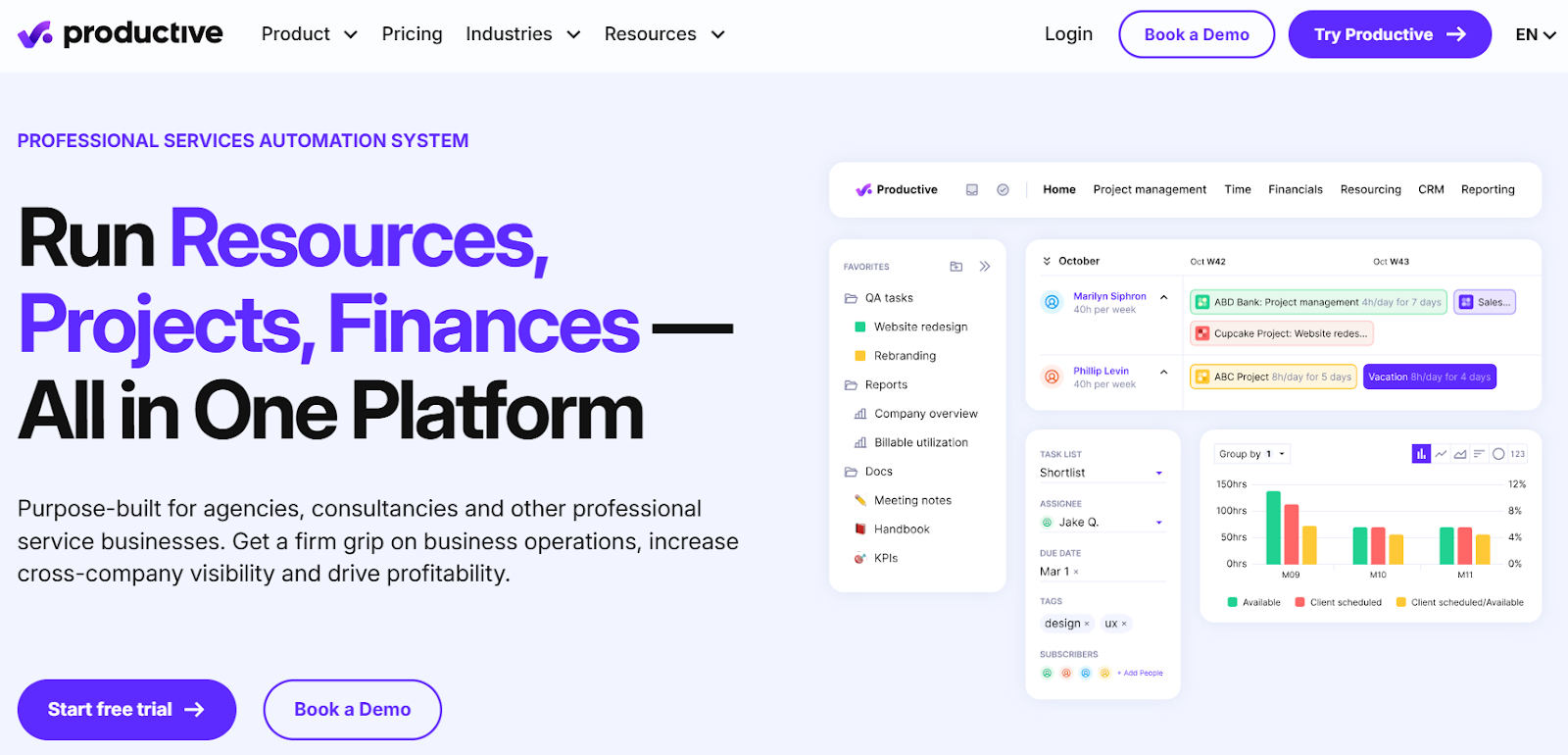
Productive is an all-in-one work management platform designed for agencies and service teams that need clear structure while working remotely. It brings project management, time tracking, budgeting, and resource planning into one streamlined platform. For teams juggling multiple clients, it’s one of the tools for remote work that cuts through scattered systems and creates one place for full operational visibility.
Key features include managing tasks and timelines, tracking time directly on projects, and building project budgets without needing a separate spreadsheet. Team members can collaborate on tasks, leave comments, and stay in sync on deadlines. Productive also includes built-in reporting and profitability tracking to help managers make decisions based on real-time data.
For remote teams, this means fewer manual updates, less guesswork, and more clarity around where time and money are going. It’s available via web, iOS, and Android, and integrates with tools like Slack, QuickBooks, and Google Calendar.
12. Apploye

Remote work can easily turn out to be a mess if not managed and monitored properly. And this is a very obvious outcome as nobody is present at the office and there is nobody to look around.
And this is exactly why Apploye’s remote employee monitoring software became so popular among remote team managers and business owners.
Apploye makes it very easy to track employee work time along with task tracking and activity monitoring. This keeps your employees in check so no projects go sideways!
This even makes managing projects easier as it simplifies sending invoices, and generating informative reports. This software is available on windows, ios & android for seamless use and access.
How will tools for remote work benefit your team?
We’ve given you some great options for tools for remote work. Working remotely can be accomplished whether you have a large company or a small one. Not only does it provide a great work/life balance for employees, but it can drive productivity up for a business. And whether you are looking to go remote or just starting out, tools for remote work can get you up and running quickly whether your team is technically proficient or not. As long as you have the right tools in place, technology can keep teams organized, information flowing and new ideas forming. Plus employees will save time on things like commuting and businesses will save money on things like office supplies. So really tools for remote work are a win for everyone.
.png)





.avif)






